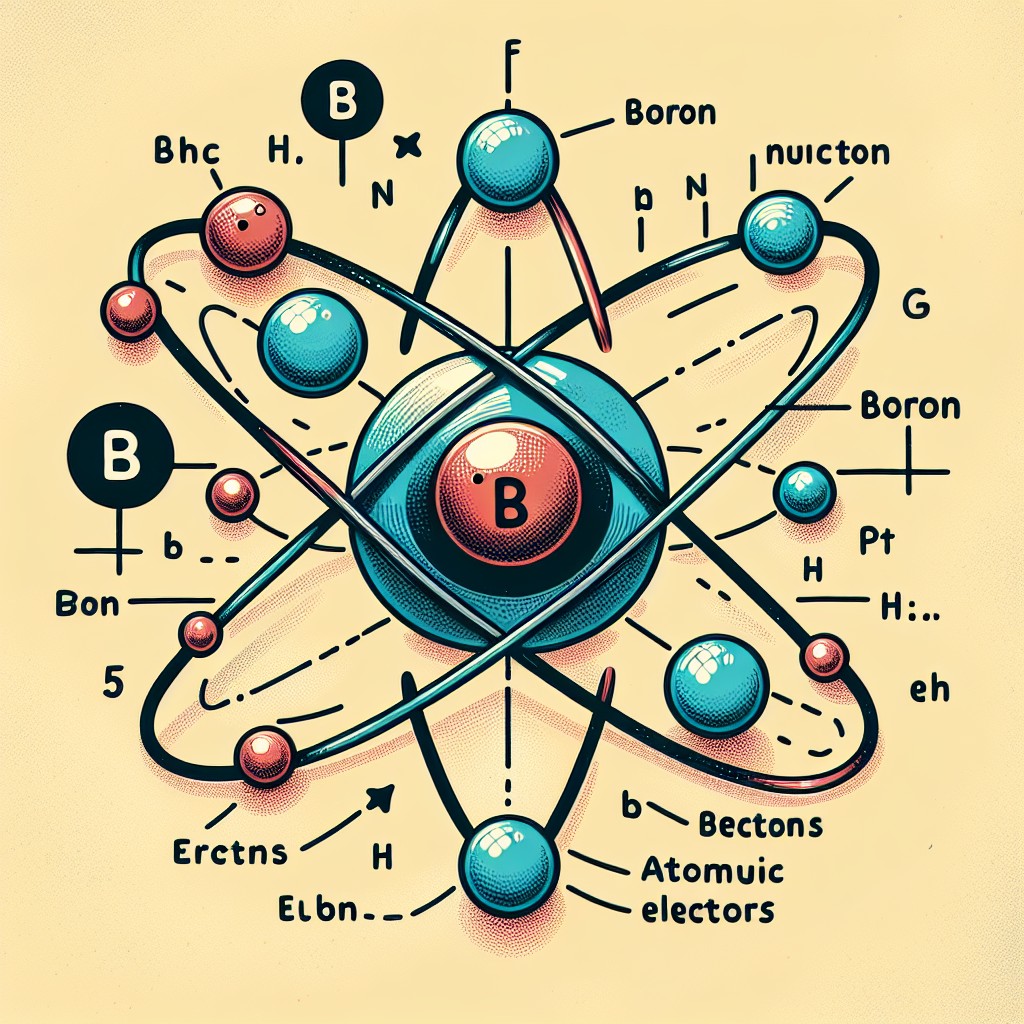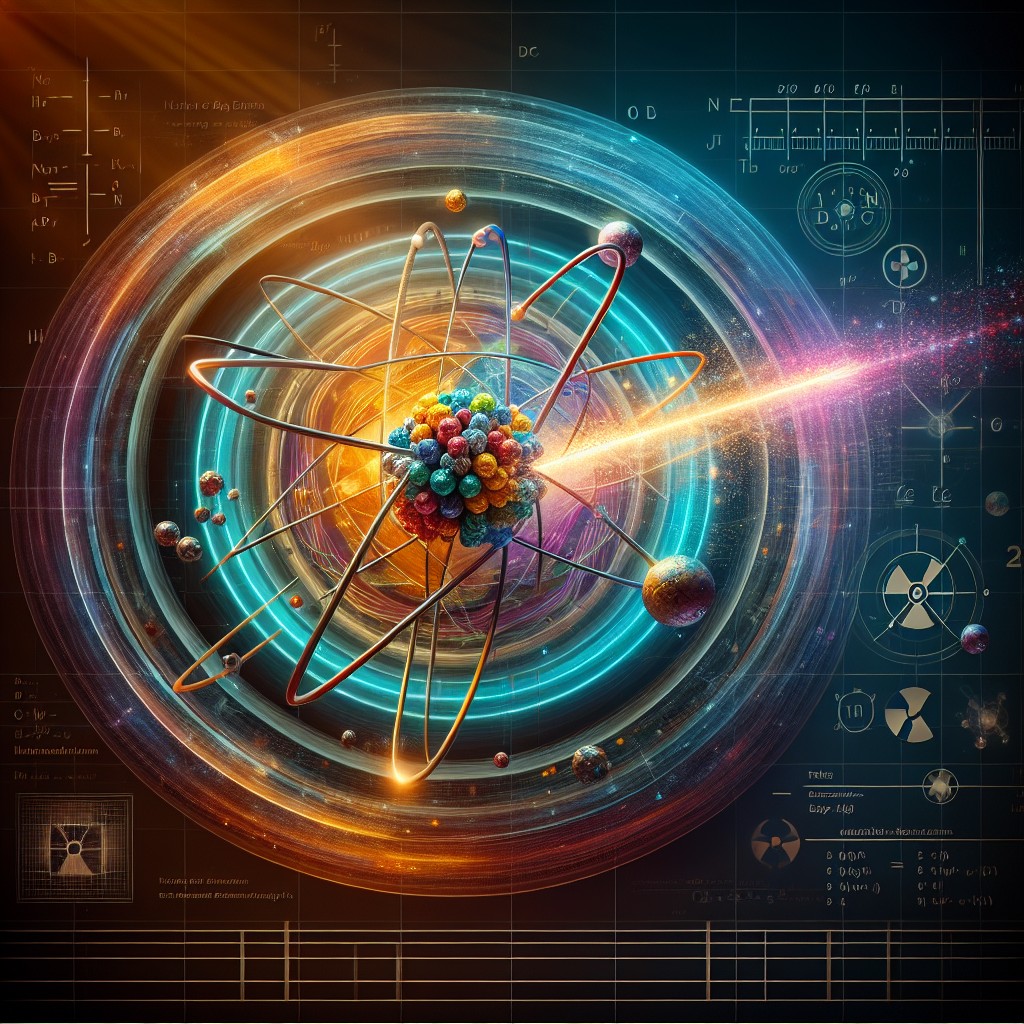The North Atlantic Treaty Organization (NATO) is an intergovernmental military alliance that was established in 1949. Its primary purpose is to promote the collective defense and security of its member states. NATO was formed in response to the growing threat of the Soviet Union during the Cold War. The organization has since evolved to address new security challenges and has expanded its membership to include 30 countries.
Currently, NATO has 30 member states, including the United States, Canada, the United Kingdom, Germany, France, and Turkey, among others. These member states are located in North America and Europe. Each member state contributes to the alliance by providing military personnel, equipment, and financial resources.
Summary
- NATO is a military alliance consisting of 30 member states.
- The total number of military personnel in NATO states is over 3 million.
- Recruitment and training of military personnel in NATO states vary, but all members have a commitment to maintaining high standards.
- Military personnel in NATO states have a range of roles and responsibilities, including defence, peacekeeping, and humanitarian missions.
- NATO states use advanced equipment and technology to support their military operations.
Overview of Military Personnel in NATO States
The total number of military personnel in NATO states is approximately 3.5 million. This includes active duty personnel, reserve forces, and civilian employees working in defense-related roles. The distribution of military personnel varies among member states, with larger countries like the United States and Russia having the highest numbers.
The United States has the largest military force among NATO member states, with over 1.3 million active duty personnel. Other countries with significant military forces include Russia (around 1 million), Turkey (around 600,000), and Germany (around 180,000). Smaller countries like Luxembourg and Iceland have much smaller military forces, with a few thousand personnel each.
Recruitment and Training of Military Personnel in NATO States
To join the military in NATO states, individuals must meet certain requirements. These requirements typically include being a citizen or legal resident of the country, meeting age and physical fitness criteria, and having a high school diploma or equivalent education.
Once accepted into the military, recruits undergo basic training to develop their physical fitness, discipline, and basic military skills. This training usually lasts several months and includes physical conditioning exercises, weapons training, and classroom instruction on military tactics and procedures.
After completing basic training, military personnel may undergo specialized training to prepare them for specific roles within the military. This can include advanced weapons training, language courses, or specialized technical training for roles such as pilots or engineers.
Roles and Responsibilities of Military Personnel in NATO States
There are various roles within the military, each with its own responsibilities. Some common roles include infantry soldiers, pilots, engineers, medics, and intelligence analysts.
Infantry soldiers are responsible for ground combat operations and are trained in weapons handling, tactics, and survival skills. They may be deployed to conflict zones or participate in peacekeeping missions.
Pilots are responsible for operating military aircraft and conducting air operations. They undergo extensive flight training and are skilled in aerial combat, reconnaissance, and air support missions.
Engineers play a crucial role in constructing and maintaining military infrastructure. They are trained in various engineering disciplines and are responsible for building bridges, fortifications, and other structures.
Medics provide medical care to military personnel in the field. They are trained in emergency medicine and trauma care and may be deployed to conflict zones or disaster areas to provide medical assistance.
Intelligence analysts gather and analyze information to support military operations. They collect data from various sources, such as satellite imagery and intercepted communications, to provide intelligence reports that inform decision-making.
Equipment and Technology Used by Military Personnel in NATO States
Military personnel in NATO states use a wide range of equipment and technology to carry out their duties. Common equipment includes firearms, body armor, vehicles, and communication devices.
Firearms used by military personnel vary depending on their role and the country they serve. These can include rifles, machine guns, pistols, and sniper rifles. Body armor is used to protect personnel from ballistic threats and is made of materials such as Kevlar or ceramic plates.
Vehicles used by military personnel include tanks, armored personnel carriers, helicopters, and fighter jets. These vehicles are equipped with advanced technology such as night vision systems, GPS navigation, and communication systems.
Communication devices are essential for military personnel to coordinate operations and maintain situational awareness. These devices can include radios, satellite phones, and encrypted communication systems.
In addition to these common equipment, NATO states also invest in advanced technology for military purposes. This includes unmanned aerial vehicles (drones), cyber defense systems, and advanced surveillance and reconnaissance capabilities.
Military Operations and Missions of NATO States

NATO member states have been involved in various military operations and missions around the world. These operations aim to promote stability, security, and peace in different regions.
One example of a successful NATO mission is the International Security Assistance Force (ISAF) in Afghanistan. ISAF was established in 2001 to support the Afghan government in its efforts to combat terrorism and establish security. NATO member states contributed troops and resources to this mission, which helped stabilize the country and build Afghan security forces.
Another example is Operation Unified Protector in Libya in 2011. This operation was conducted to protect civilians from the regime of Muammar Gaddafi. NATO member states enforced a no-fly zone and conducted airstrikes against Gaddafi’s forces, ultimately leading to his downfall.
However, NATO missions also face challenges. One such challenge is the complexity of operating in diverse environments with different cultural norms and political dynamics. Additionally, military operations can be physically demanding and put personnel at risk of injury or death.
Challenges Faced by Military Personnel in NATO States
Military personnel in NATO states face various challenges in their roles. These challenges can be both physical and mental in nature.
One common challenge is the risk of physical injury or death during military operations. Personnel may be exposed to combat situations, accidents, or natural disasters that put their lives at risk. This can lead to physical injuries such as gunshot wounds, burns, or traumatic brain injuries.
Mental health challenges are also prevalent among military personnel. The stress and trauma of combat can lead to conditions such as post-traumatic stress disorder (PTSD), depression, and anxiety. These conditions can have a significant impact on the well-being and functioning of military personnel.
Another challenge is the strain on personal relationships and family life. Military personnel often have to spend extended periods away from their loved ones, which can lead to feelings of isolation and strain on relationships.
Support and Benefits for Military Personnel in NATO States
NATO member states provide various support and benefits to military personnel to address their needs and well-being.
One important benefit is healthcare. Military personnel receive medical care through military hospitals and clinics, which provide a range of services from routine check-ups to specialized care for injuries or illnesses. In some cases, military personnel may also have access to mental health services to address their psychological well-being.
Education benefits are also provided to military personnel. Many NATO member states offer tuition assistance or scholarships for military personnel and their dependents to pursue higher education. This can include funding for college degrees, vocational training, or professional development courses.
Other support services include housing assistance, financial counseling, and legal assistance. These services aim to provide resources and guidance to military personnel in various aspects of their lives.
Gender Diversity in Military Personnel in NATO States
Gender diversity in the military has been a topic of increasing importance in recent years. Traditionally, the military has been male-dominated, but efforts are being made to increase gender diversity and create a more inclusive environment.
NATO member states have implemented initiatives to recruit and retain more women in the military. This includes targeted recruitment campaigns, mentoring programs, and policies that promote equal opportunities for career advancement.
In addition to recruitment efforts, NATO member states are also working towards creating a more inclusive culture within the military. This includes addressing issues such as sexual harassment and discrimination, and providing support and resources for women in the military.
Future of Military Personnel in NATO States: Opportunities and Challenges
The future of military personnel in NATO states presents both opportunities and challenges. Emerging technologies such as artificial intelligence, autonomous systems, and cyber capabilities are changing the nature of warfare and creating new opportunities for military personnel.
These technologies can enhance military capabilities, improve situational awareness, and reduce the risk to personnel. However, they also present challenges in terms of ethical considerations, cybersecurity, and the need for specialized training to operate and maintain these technologies.
The geopolitical landscape is also evolving, with new security threats emerging. NATO member states will need to adapt their military strategies and capabilities to address these threats effectively. This may require increased cooperation among member states, investment in advanced technology, and a focus on training and readiness.
In conclusion, military personnel in NATO states play a crucial role in ensuring the collective defense and security of member states. They face various challenges in their roles but are supported by their respective governments through benefits and support services. The future of military personnel in NATO states presents both opportunities and challenges, which will require adaptation and innovation to address emerging security threats.
FAQs
What is NATO?
NATO stands for North Atlantic Treaty Organization. It is a political and military alliance of 30 countries, including the United States, Canada, and most of Europe.
What is the role of military personnel in NATO states?
Military personnel in NATO states are responsible for defending their respective countries and contributing to the collective defense of the alliance. They may also participate in NATO-led missions and operations around the world.
How many military personnel are in NATO states?
As of 2021, there are approximately 3.6 million military personnel in NATO states.
What are the requirements to become a military personnel in a NATO state?
The requirements to become a military personnel in a NATO state vary depending on the country and branch of service. Generally, individuals must meet certain age, education, and physical fitness requirements, as well as pass a background check and complete basic training.
What benefits do military personnel in NATO states receive?
Military personnel in NATO states receive a range of benefits, including healthcare, housing, education, and retirement benefits. They may also be eligible for bonuses, allowances, and other incentives.
What is the relationship between NATO and the United Nations?
NATO and the United Nations are separate organizations with different mandates. However, they often work together on peacekeeping and humanitarian missions around the world. NATO also supports the UN’s efforts to promote international peace and security.
What is the NATO Response Force?
The NATO Response Force is a multinational force made up of land, air, and maritime units that can be rapidly deployed to respond to crises and threats. It is designed to be flexible and scalable, and can be tailored to meet the specific needs of each mission.


